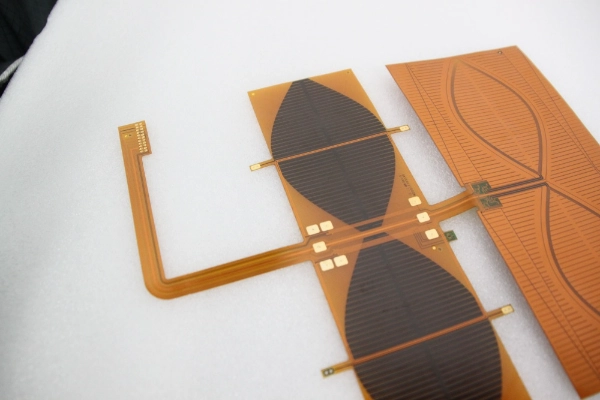In the realm of sustainable architecture, the choice of cladding materials plays a pivotal role in enhancing both the aesthetic appeal and environmental performance of buildings. As the construction industry grapples with the pressing need to reduce carbon footprints and promote eco-friendly practices, understanding what constitutes the most sustainable cladding material becomes essential. This article delves into various cladding options, evaluating their sustainability credentials, lifecycle impacts, and suitability for modern architectural demands.
Understanding Cladding and Its Importance
Cladding serves as the outer skin of a building, providing protection against weather elements while contributing to thermal insulation, soundproofing, and overall visual appeal. However, the environmental impact of cladding materials is often overlooked. Traditional materials, such as vinyl and aluminum, may offer durability but come with significant ecological costs, including high energy consumption during production and challenges in recycling.
Key Criteria for Sustainable Cladding Materials
To determine the most sustainable cladding materials, several criteria must be considered:
- Material Source: Sustainable cladding should be derived from renewable or recycled sources. Materials that are locally sourced can also minimize transportation emissions.
- Energy Efficiency: The energy required for the production, transportation, and installation of cladding materials should be minimal. This includes evaluating the embodied energy of the materials.
- Durability and Maintenance: Long-lasting materials reduce the need for replacements and repairs, which can be resource-intensive. Low-maintenance options also contribute to sustainability by minimizing resource use over time.
- End-of-Life Impact: Sustainable cladding should be recyclable or biodegradable, ensuring that it does not contribute to landfill waste at the end of its lifecycle.
- Health and Safety: The materials should be non-toxic and free from harmful chemicals, promoting a healthier indoor environment.
Top Sustainable Cladding Materials
- Wood and Engineered Wood Products
Wood is a classic choice for cladding, offering natural beauty and excellent insulation properties. When sourced from sustainably managed forests, wood can be a highly renewable resource. Engineered wood products, such as cross-laminated timber (CLT), enhance structural integrity while minimizing waste. However, it is crucial to ensure that the wood is certified by organizations like the Forest Stewardship Council (FSC) to guarantee sustainable sourcing.
- Recycled Metal
Recycled aluminum and steel are gaining popularity as cladding materials due to their durability and low maintenance requirements. The recycling process for metals consumes significantly less energy than producing new metals, making them an environmentally friendly option. Additionally, metal cladding can be designed to reflect solar heat, enhancing energy efficiency.
- Fiber Cement
Fiber cement is composed of a mixture of cement, sand, and cellulose fibers, making it a robust and fire-resistant option. It has a long lifespan and requires minimal maintenance. While the production process does involve energy consumption, many manufacturers are now adopting sustainable practices, such as using recycled materials in their formulations.
- Natural Stone
Natural stone, such as slate or granite, is a durable and aesthetically pleasing cladding option. Its longevity and low maintenance needs contribute to its sustainability. However, the environmental impact of quarrying and transportation must be considered. Local sourcing can mitigate some of these concerns.
- Bamboo
Bamboo is one of the fastest-growing plants on Earth, making it an incredibly sustainable material. It is lightweight, strong, and has a unique aesthetic appeal. However, it is essential to ensure that bamboo is harvested sustainably and treated properly to enhance its durability and resistance to pests.
- Recycled Plastic
Innovative companies are now producing cladding materials from recycled plastics, diverting waste from landfills and reducing the need for virgin materials. These products can mimic the appearance of wood or stone while offering superior durability and resistance to moisture and pests.
Conclusion: Making Informed Choices
Choosing the most sustainable cladding material involves a comprehensive evaluation of various factors, including environmental impact, durability, and aesthetic appeal. As architects and builders increasingly prioritize sustainability, the market for eco-friendly cladding options continues to expand. By opting for materials that align with sustainable practices, we can contribute to a greener future while still achieving the desired architectural vision.

